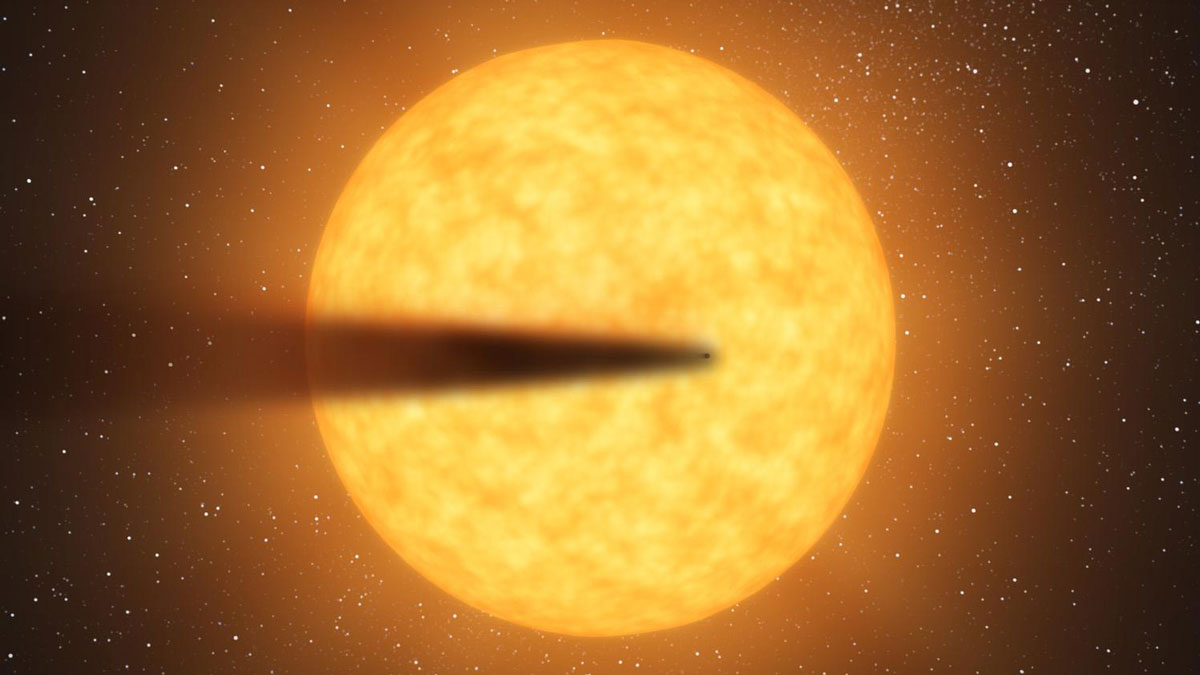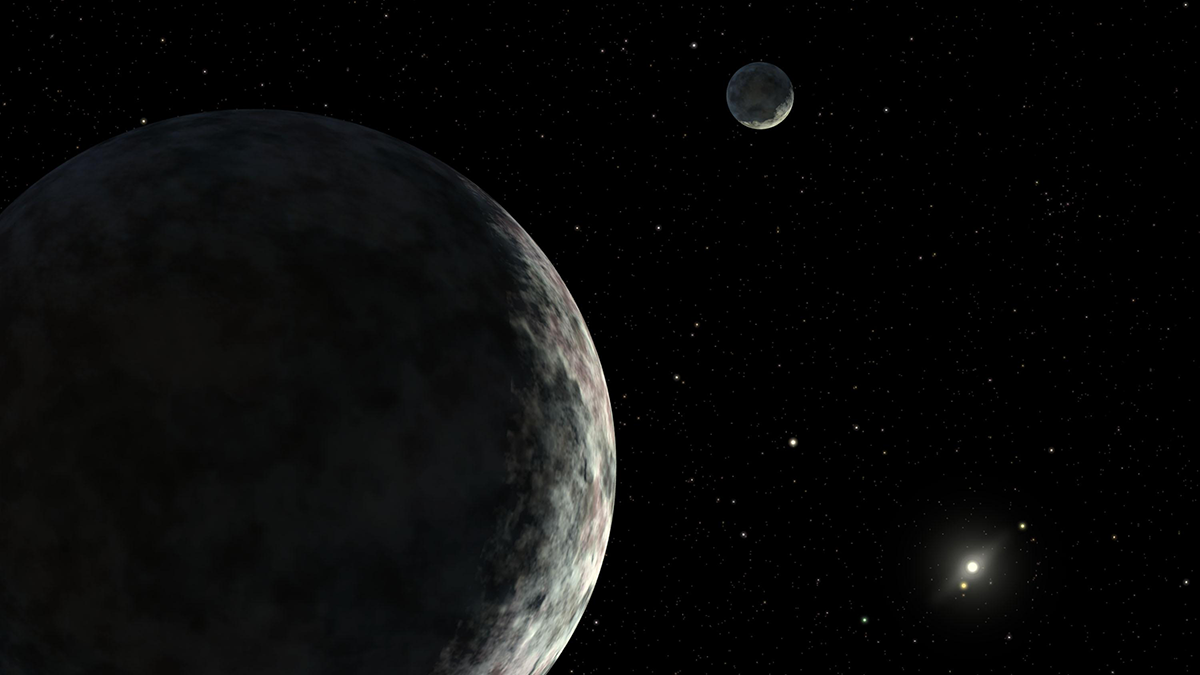The James Webb Space Telescope offers astronomers a rare glimpse into the chemical composition of a rocky planet’s interior—and the results are “very surprising.”
spectroscopy
Each Glacier Has a Unique Organic Matter Composition
Like snowflakes, no two glaciers are alike: Carbon-containing compounds released from glaciers vary from place to place, meaning climate and ecosystem effects of melting could vary as well.
Sensing Remote Realms of the Deep Ocean on Earth—and Beyond
A novel laser-equipped probe is collecting measurements of deep-sea geochemical environments that once seemed impossible to gather, pointing the way toward future explorations of other ocean worlds.
Smells Like an Exoplanet
Hydrogen sulfide, spotted in the atmosphere of the exoplanet HD 189733 b, helps constrain how the planet formed.
Los planetas enanos muestran evidencias de reciente actividad geológica
Los grandes cuerpos del Cinturón de Kuiper y más allá podrían haber albergardo océanos en la subsuperficiales.
Chemodiversity Could Indicate Freshwater Ecosystem Health
High-resolution mass spectrometry provides innovative analyses of dissolved organic matter.
Rare “Glory” Possibly Seen on Exoplanet’s Horizon
This rainbow-like atmospheric phenomenon depends on a very specific set of circumstances. It is common on Earth and incredibly rare beyond it.
Dwarf Planets Show Evidence of Recent Geologic Activity
Large bodies in the Kuiper Belt and beyond could have hosted subsurface oceans.
These Four Exoplanets Have Wild, Rocky Weather
On many exoplanets, conditions are so exotic that minerals form clouds and fall as rain. Recent studies revealed the rocky weather on these four exoplanets in more detail than ever before.
Some Chemicals Lingered for Weeks After Ohio Train Derailment
Researchers drove around a van outfitted with a sensitive mass spectrometer to measure airborne chemicals weeks after the disaster.










